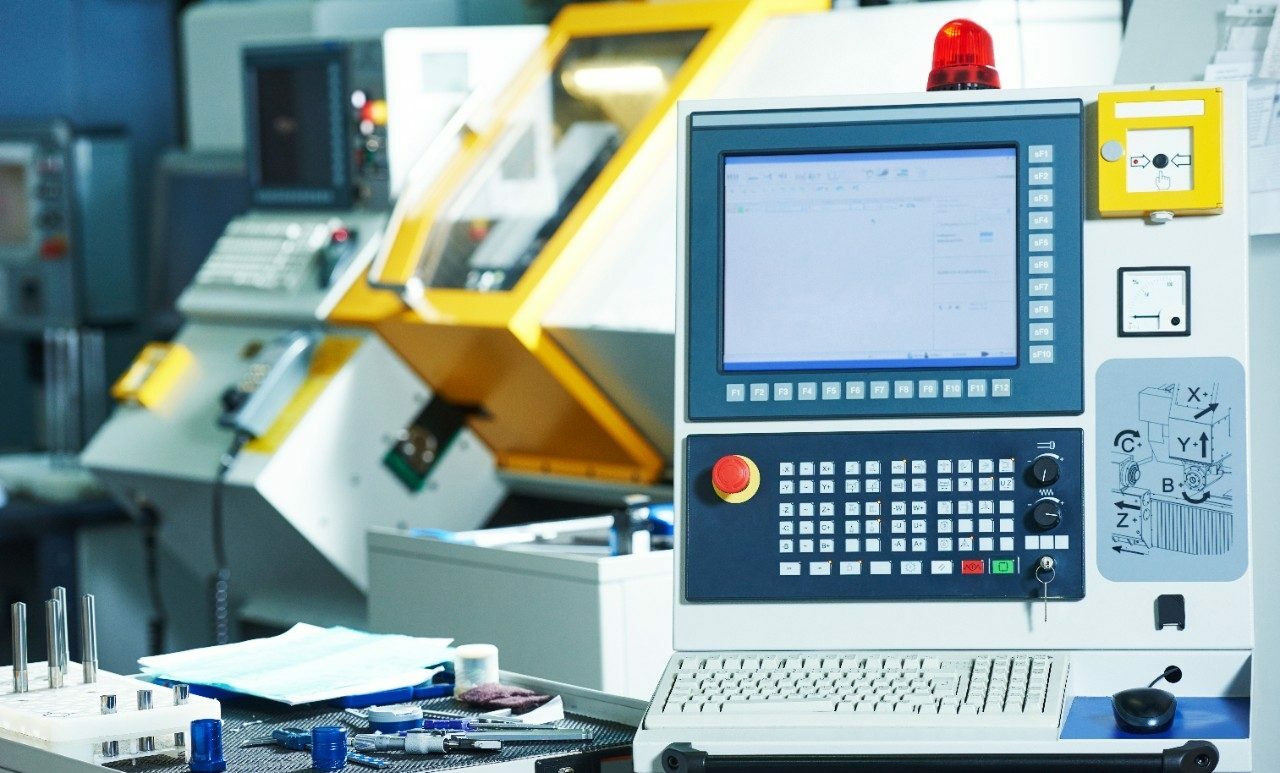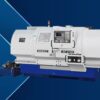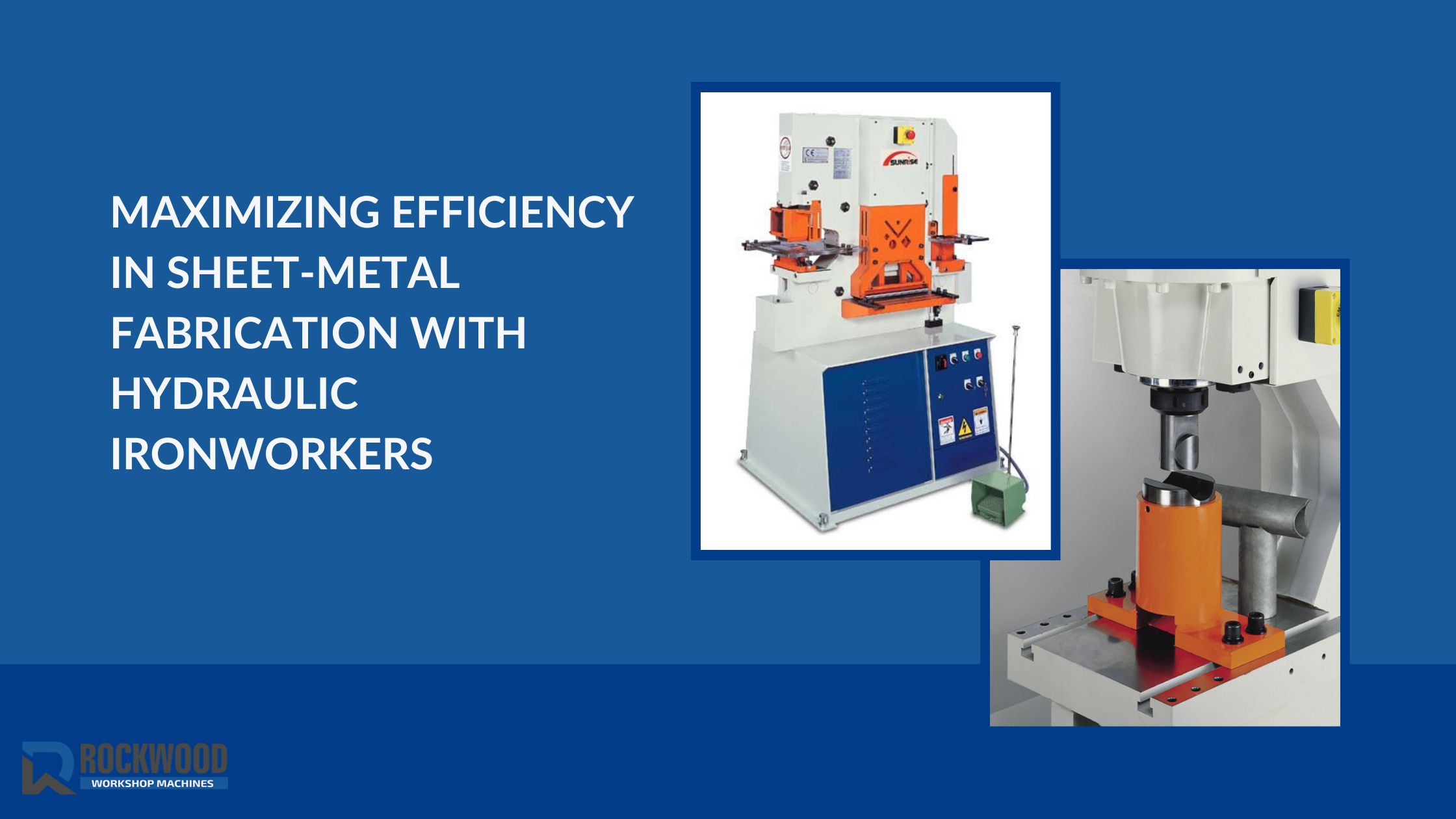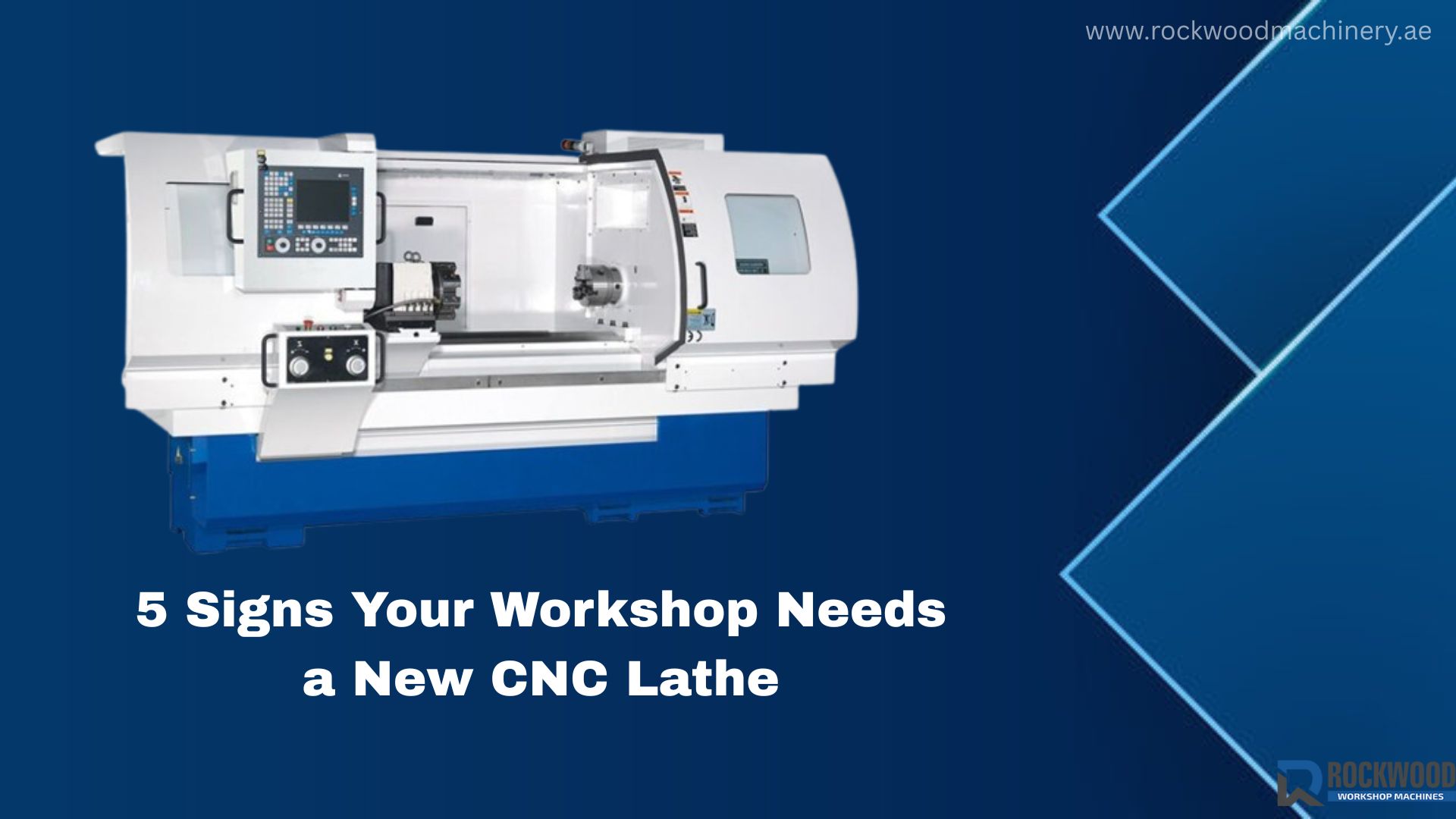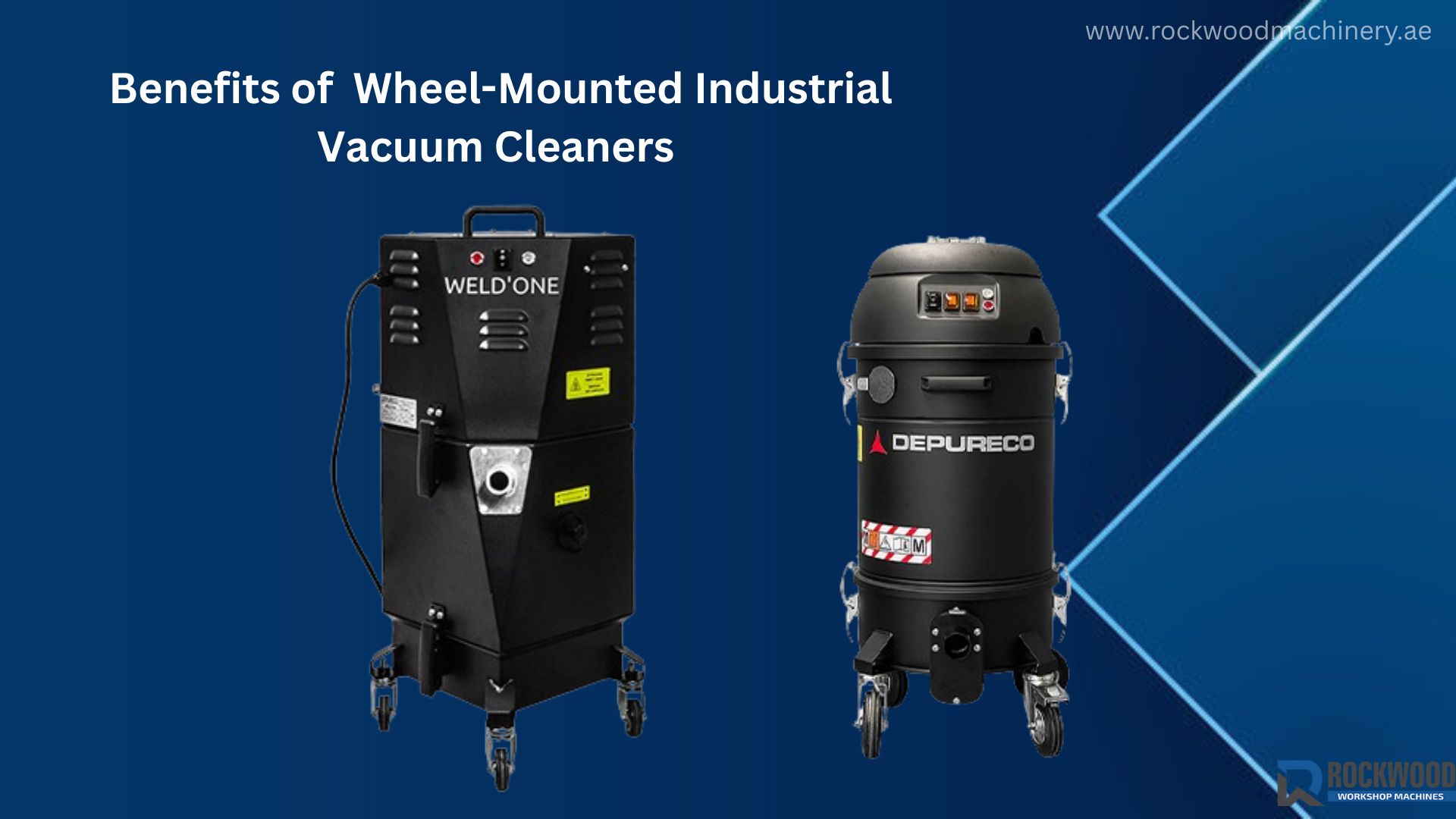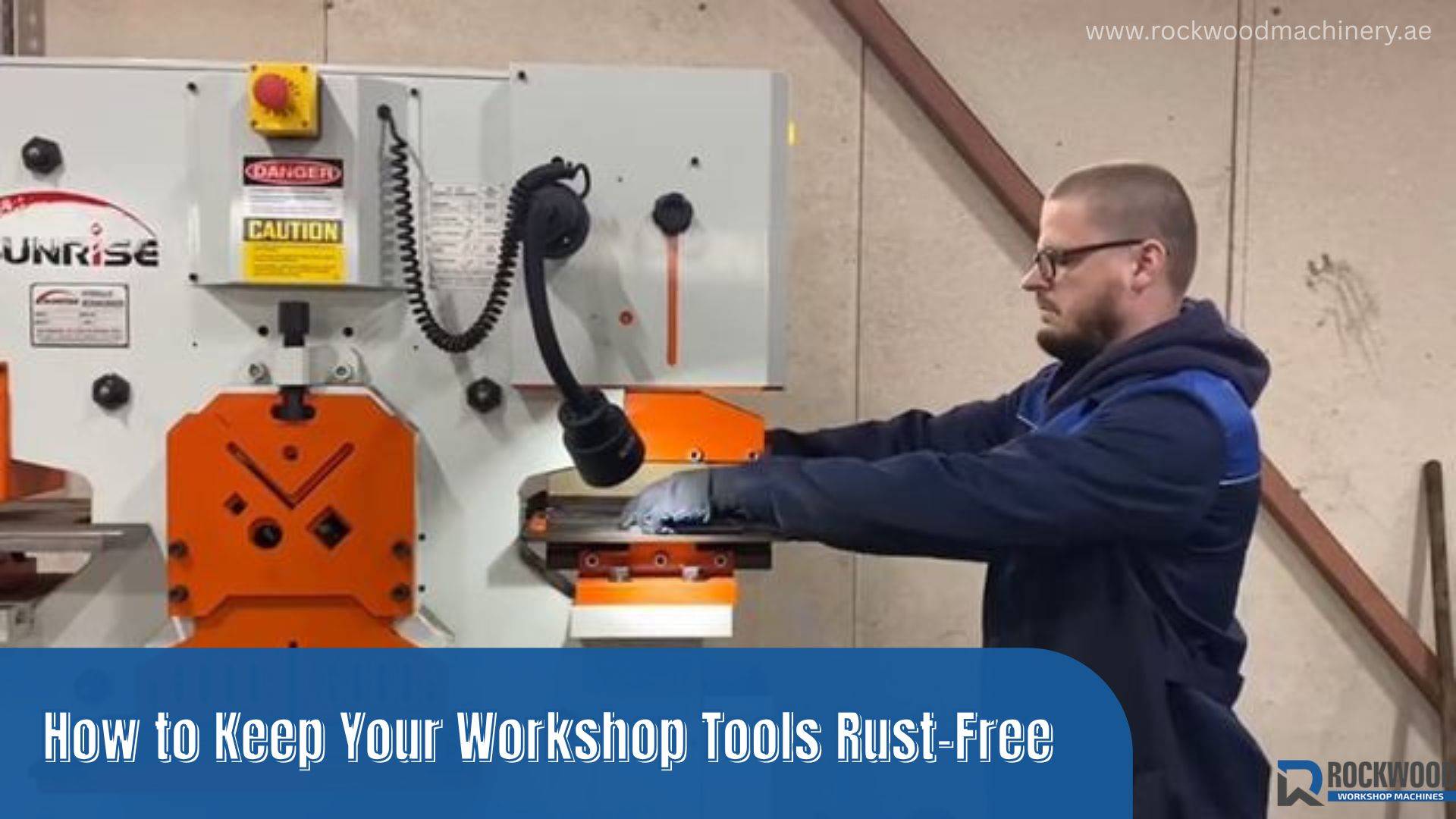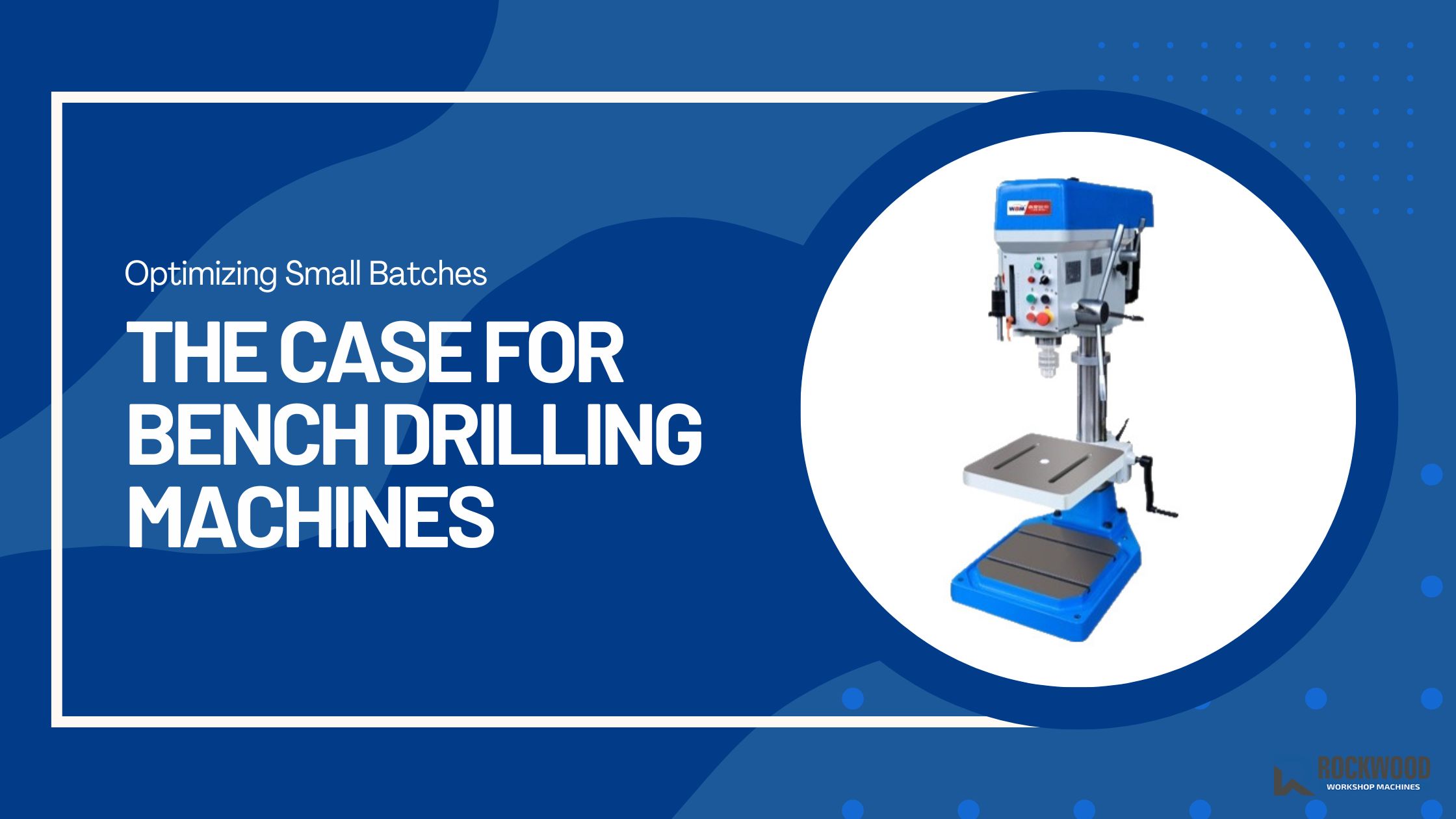Industrial Equipment Import Rules in the UAE: What You Need to Know
Bringing in industrial equipment to the UAE? Whether you run a factory, a workshop, or you’re an industrial equipment supplier, there’s a lot more to importing machinery than just shipping and receiving. From safety regulations to documentation, you have to understand what will be required before your equipment arrives at the port.
Here’s a simple breakdown that covers all of it. You can avoid delays, extra fees, and compliance issues once it arrives.
1. First Things First: Know Your Product and Code
No matter what you import – workshop tools or large industrial machines – there is a Harmonized System (HS) code that is a classification code for whatever it is you are importing, which has to be determined. Customs use the HS code so they know what you are bringing in and the duty amounts applicable.
If the code is not correct, it can result in paying higher charges and can even mean that customs will hold your shipment altogether. It is very important to get it correct by ensuring you or your supplier knows the HS code.
2. Certification and Safety
In the UAE, safety and quality are given top priority. Many types of equipment require approvals that provide assurances that the items being imported can be used and/or sold in the UAE.
Examples include:
- ECAS (Emirates Conformity Assessment Scheme): Safety standards for equipment used in the UAE
- ESMA (Emirates Authority for Standardization and Metrology): Regulatory organization that issues the G-mark for products that fall within their purview
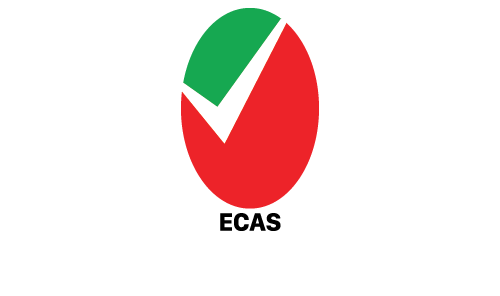
Common items such as drills, grinders, or other workshop tools typically fall under the above certifications. If you don’t have the proper certification documentation, then customs will seize your tools.
3. Be Ready for Customs
Once your equipment arrives, you’ll need to go through UAE customs. You’ll typically need to:
- Submit an import declaration
- Provide invoices and packing lists
- Show all required certificates
- Pay customs duties and VAT
If your equipment is moving from a free zone (like JAFZA) into the mainland, expect a few extra steps. A solid customs broker or experienced industrial equipment supplier in the UAE can make this process much smoother.
4. Handle Hazardous Materials With Care
Some equipment—like welding machines, hydraulic pumps, or anything with pressurized gases or chemicals—could be labeled “hazardous” or “restricted.” If you’re importing such tools, you’ll need special labels, packaging, and paperwork.
Even some common workshop tools like battery-powered units can fall into this category, so always double-check.
5. Don’t Forget About VAT and Extra Fees
Besides customs duties (usually 5%), you’ll also pay 5% VAT on the total value of your shipment (including shipping and insurance). In rare cases, if the equipment is considered a luxury or specialty item, an additional excise tax may apply.
It’s a good idea to price these costs in ahead of time, especially if you’re a supplier or retailer.
6. Environment and Disposal Rules
As the UAE tightens up on environmental policies, there are now clearer rules around waste and recycling. Some industrial tools—especially ones that use oil, coolant, or other fluids—must come with a proper disposal plan.
If you’re returning, recycling, or scrapping equipment, make sure you’re doing it according to UAE guidelines. You don’t want a fine just for tossing something the wrong way.
7. Free Zones vs. Mainland: Choose Wisely
Importing into a free zone like JAFZA or KIZAD often means fewer taxes and less paperwork. That’s why many industrial equipment suppliers in UAE keep their stock in free zones.
But if you’re selling directly to mainland customers, you’ll still need to go through the full customs process to move it out of the zone.
8. Checklist for Smooth Importing
Here’s what you’ll typically need:
- Commercial invoice
- Packing list
- Bill of lading or airway bill
- Certificate of origin
- ECAS / G-mark or similar approvals
- Product specs or manuals (sometimes required)
Keeping all of this ready means fewer delays and faster customs clearance.
9. Common Mistakes to Avoid
Avoid these pitfalls:
- Using the wrong HS code
- Skipping certification
- Underestimating customs and VAT
- Not labeling hazardous items properly
- Forgetting environmental requirements
Planning helps you stay compliant and keeps your operations running on schedule.
10. Work with a Reliable Supplier
One of the smartest moves you can make is working with a reliable industrial equipment supplier in the UAE. The right supplier will already know the import rules, product certifications, and local regulations. Many will even help handle the logistics, saving you time and stress.
Look for suppliers that deal with everything from heavy machinery to precision workshop tools—those are the ones who’ll guide you through the tricky parts with ease.
Final Thoughts
Importing industrial equipment into the UAE is fairly straightforward, but it does call for careful preparation. Know your product, understand the regulations, and collaborate with experts familiar with the process. Whether you’re importing workshop tools or heavy machinery, doing it right helps you avoid unnecessary hassle, freeing you up to concentrate on what truly matters: running your business.
To read more, click here: How to Eliminate Chatter and Vibration in Your Lathe Machine

